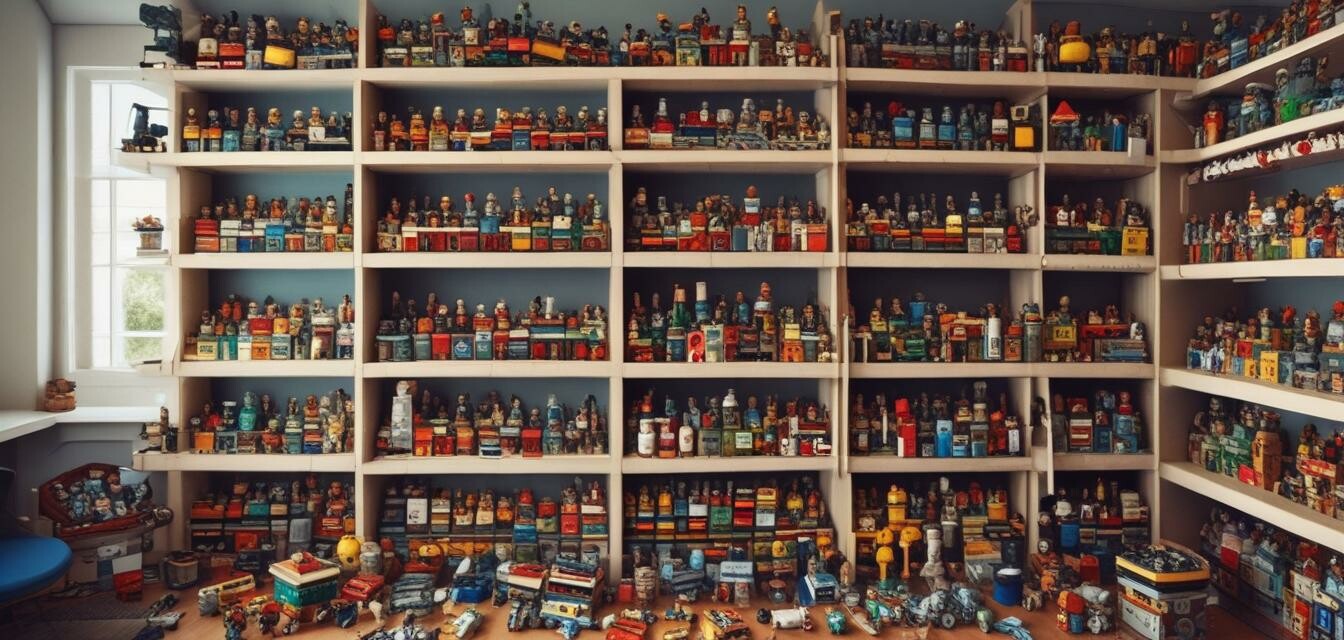
How to Organize Your Lego Sets for Maximum Fun
Key Takeaways
- Organizing Lego sets enhances the building experience for all ages.
- Clear organization methods reduce frustration and allow for more creativity.
- Create designated areas for specific themes and ages to optimize storage.
- Utilize various storage solutions to maintain accessibility and visibility.
- Regularly declutter and assess your collection for better organization.
Organizing your Lego sets can significantly impact the enjoyment and creativity you experience while building. Whether you have a collection that spans decades or just a few seasonal sets, having an organized space allows for more fun and less frustration. In this article, we’ll share smart tips and tricks for organizing Lego sets at home, ensuring a more enjoyable building experience for kids and adults alike.
Why Organizing Your Lego Sets Matters
When Lego sets are organized effectively, it leads to numerous benefits:
- Increased Accessibility: Easily find the pieces you need.
- Enhanced Creativity: A tidy space sparks creative ideas.
- Reduced Frustration: Minimize the time spent searching for pieces.
- Encourages Collaboration: An organized environment is more inviting for group builds.
Effective Organizational Strategies
Here are several methods to consider when organizing your sets:
1. Sort by Type
Sorting your Lego sets by type can simplify assembly. For example, keep bricks in one bin, minifigures in another, and unique pieces in separate containers. This makes locating specific pieces faster.
2. Thematic Organization
Group your sets based on themes such as:
- City
- Castle
- Space
- Friends
- Creator
This method offers visual pleasure and helps maintain themed builds together.
3. Age-Appropriate Setup
Consider the age of the builders while organizing. For example, place sets for preschoolers (Preschool Brick Sets) low and within reach, while more complex sets suited for teens and adults can be stored higher up.
4. Storage Solutions
Using the right storage solutions is crucial for effective organization:
| Storage Type | Description |
|---|---|
| Clear Bins | Transparent bins let you see what's inside easily. |
| Shelves | Dedicated Lego shelves keep sets and pieces visible and organized. |
| Drawer Systems | Great for sorting smaller pieces! |
| Airtight Containers | Ideal for keeping dust out and preserving sets. |
| Labeled Storage | Labels on containers help everyone know where things go. |
5. Creative Displays
Don't just store your sets; display them! Consider creating themed displays on shelves or in shadow boxes to showcase your creations and invite others to admire your hard work.
Maintaining Your Organized Space
Once you’ve organized your Lego sets, keeping that order requires some ongoing effort:
- Regular Clean-Up: Dedicate time every few weeks to reassess the organization.
- Declutter: If you haven’t built a set in over a year, consider donating or selling it.
- Involve the Family: Make organizing a fun activity with family members.
Tips for Building New Sets
Beginner Tips
- Always read the instruction manual before starting a new build.
- Lay out the pieces according to the instructions – it can save you time!
- Start with smaller builds if you’re new; don't overwhelm yourself.
Conclusion
Organizing your Lego sets promotes a more enjoyable experience, inspiring creativity and collaboration. With organized sets, you turn playtime into an inviting, fun-filled adventure for both kids and adults. Begin today by adopting these tips and experience the difference in your building sessions!
Pros
- Enhanced creative potential.
- Faster assembly times.
- More enjoyable and inviting play experience.
- Encourages collaboration among builders.
Cons
- Initial time investment for organizing.
- Continuous effort required to maintain organization.
- Possible need to purchase storage solutions.
Learn More
Ready to dive deeper into the world of Lego? Check out more resources on our blog: